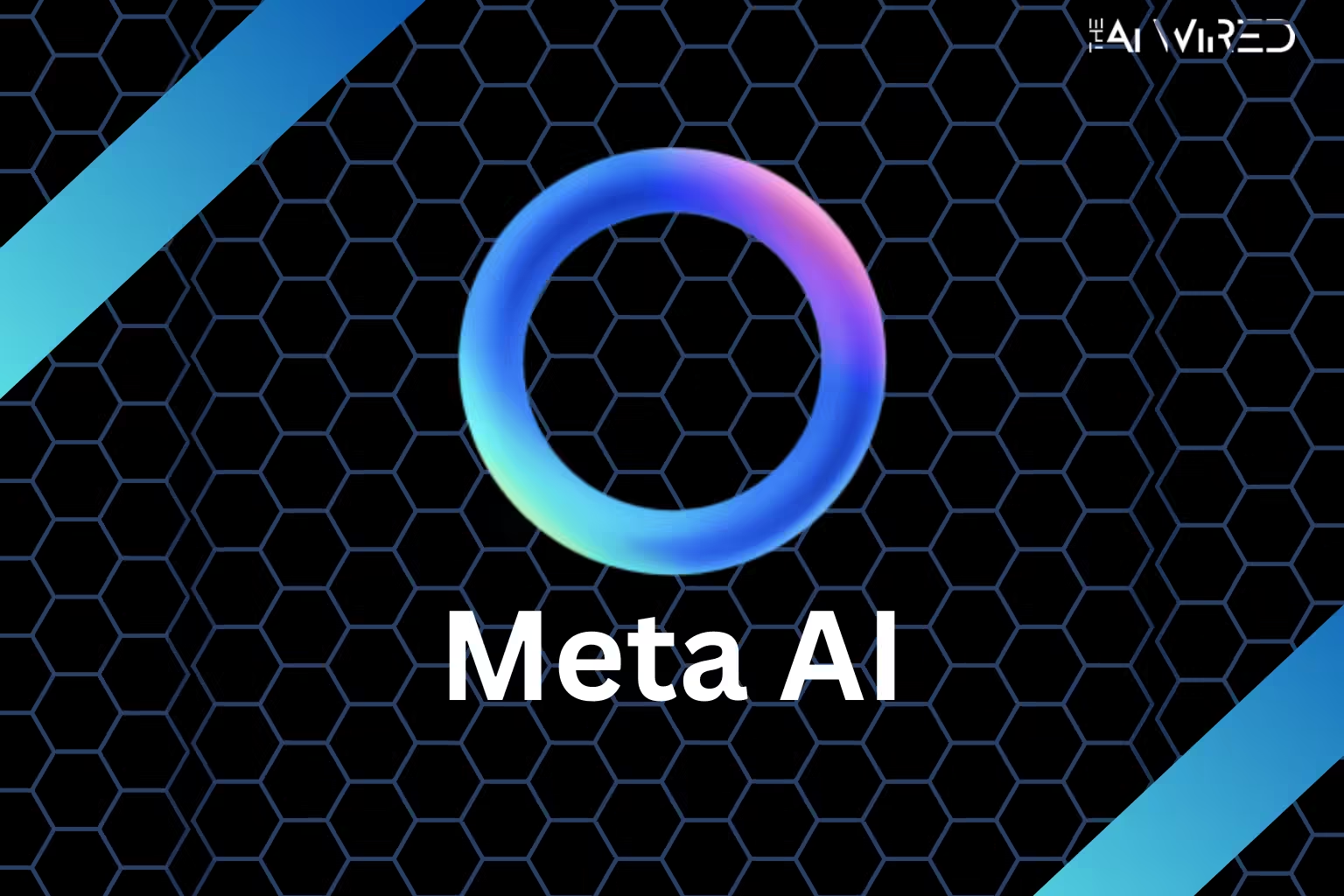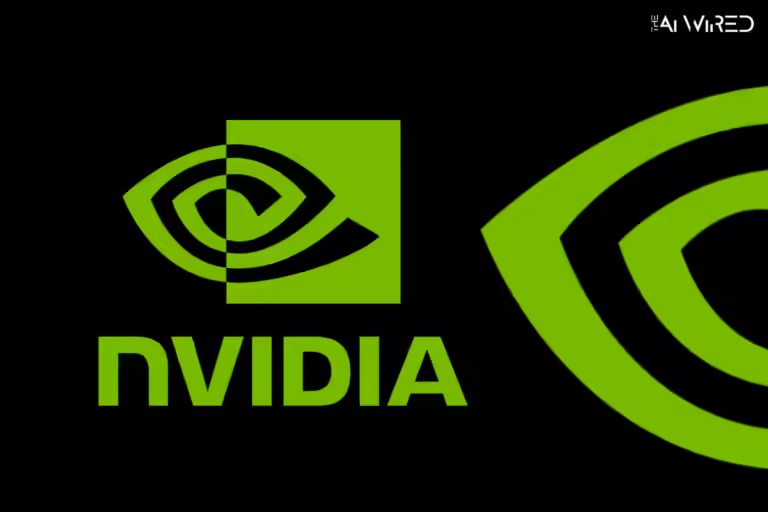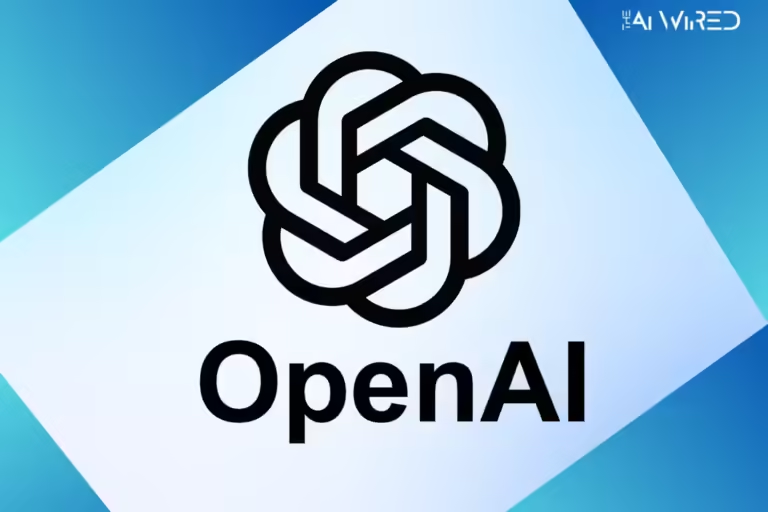
Meta’s SPDL Revolutionizes AI Model Training with Scalable Data Loading
Meta AI introduces SPDL, a revolutionary tool that speeds up AI training by loading data in threads, which improves efficiency and scaling.
Meta AI has created SPDL (Scalable and Performant Data Loading), a new way to solve problems that have been around for a long time in AI model training. In order to improve the efficiency of data management, SPDL speeds up the delivery of very large datasets to GPUs and accelerators, fixing problems that arise from using standard process-based data loading methods.
To train current AI models, you need both complex architectures and the smooth flow of very large datasets. Traditional data loaders often take too long, which slows down training cycles, shuts down GPUs, and raises running costs. With a thread-based method, Meta AI’s SPDL changes this process and makes data transfer faster and more reliable.
SPDL also does not employ normal process-intensive systems, rather it employs thread-based loading that reduces communication costs while at the same time increasing the speed of loading. This major step forward ensures that before CUDA cores get busy training AI/ML models, data is preloaded and cached to minimize latency and maximize the utilization of GPUs.
In terms of design, SPDL is designed to run in any environment; from a single GPU node to a fully distributed cluster. This is true with AI teams across the globe who will find it easier to use SPDL, primarily because it integrates seamlessly with PyTorch, which is one of the leading AI frameworks in use at the moment. It is also an open source, therefore people can collaborate on the project and edit the program. This makes it applicable to any AI processes and procedures.
Key features include:
- Thread-Based Data Loading: Reduces inefficiencies by eliminating process communication overhead.
- Prefetching and Caching: Ensures uninterrupted data delivery for continuous GPU processing.
- Flexible Modular Design: Supports varied data formats like images, videos, and text while allowing tailored preprocessing.
Real-World Impact and Performance Gains
Meta AI’s benchmarks show how well SPDL works, with up to five times more data throughput and thirty percent shorter training times than standard methods. It’s perfect for real-time AI apps because it can handle large amounts of data. For example, Meta’s Reality Labs projects are working on improving augmented and virtual reality.
Since SPDL is an open-source tool, it gives researchers and writers a way to improve and add to its features. Early users have said good things about how easy it is to use, how flexible it is, and how much more efficient it is.
By getting rid of data bottlenecks, SPDL will become an important part of advancing AI study and development. It not only cuts down on training time, but it also opens up new ways to explore complex models and increase AI tasks.
SPDL is a big step forward in making data management scalable, performant, and ready for the future for AI pros and researchers who want to improve their training pipelines.


